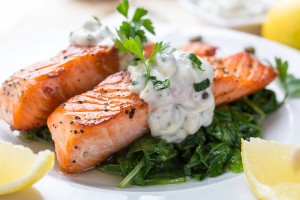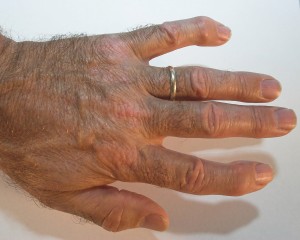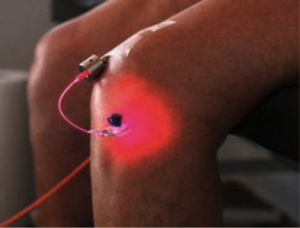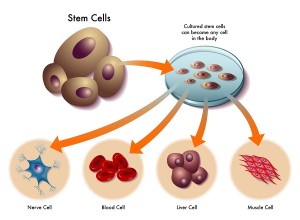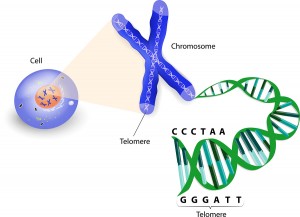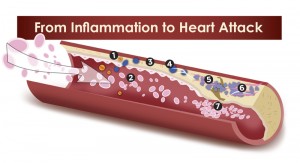The following review describes fish oil, your best supplement. There was a story in the CNN describing the dramatic recovery of a youngster who was involved in a hit and run brain injury. The physicians involved in his care strongly recommended “to let him go”. His family did not give up on him and tried bioidentical progesterone cream first. Subsequently they gave him fish oil in high doses, which lead to a successful recovery. Nine weeks after the accident the physicians transferred the patient to the rehabilitation hospital. He was still unconscious from his brain injury. At that time the family increased the fish oil dosage to 20 grams (=20,000 mg) per day. Within two days the young man woke up from his coma and called his mother on a cell phone.
The benefits of fish oil
Fish oil is available under various brand names. The high potency ones contain about 1400 mg of fish oil in one soft gel. Each soft gel has 647 mg EPA and 253 mg DHA. EPA stands for eicosapentaenoic acid, commonly known as omega-3 fatty acid. DHA stands for docosahexaenoic acid. Any of these more potent fish oil preparations are molecularly distilled. That means that mercury, cadmium and PBA impurities have been removed from the products. Only then are the fish oil capsules passed on to consumers.
Fish oil boosts your memory, it helps brain cells to function better. EPA is more beneficial for the lining of arteries and prevents heart attacks and strokes. The DHA component of fish oil is the building block of brain cells. It likely was DHA that brought the young man with the hit and run accident back to consciousness.
Fish oil also has anti-inflammatory properties, which is important for arthritis and prevention of heart attacks.
Everyday supplementation with fish oil
When a person has no arthritis and no other health risks less fish oil supplement suffices. The dose would be 1 or 2 of the higher potency fish oil capsules per day. This will help to prevent inflammation. The American Heart Association recommends to consume salmon two times per week, which also gives you a good dose of fish oil.
People with arthritis need more fish oil
As this link shows people with arthritis need more omega-3 fatty acids (EPA), namely 2.7 grams or more (=2700 mg or more) per day.
This would mean 5 capsules of the high potency supplement I described above to bring the total EPA to just above 3000 mg per day. People who have arthritis have so much more inflammation in their body that they need this higher amount of fish oil to get the condition under control. When you start fish oil supplements for arthritis it takes about 2 to 3 months for the fish oil to work before the inflammation is under control. So be patient.
Fat metabolism
When it comes to the metabolism of fatty acids, it is important to know the ratio of omega-6 to omega-3 fatty acids that we take in. For instance, there are a lot of omega-3 fatty acids in fish and seafood. On the other hand there is more omega-6 fatty acid in chicken and processed meat. Omega-6 fatty acid metabolizes into arachidonic acid that causes inflammation. Most processed foods have too much omega-6 fatty acids in them. Here is a hint: when we consume more omega-3 fatty acids by increasing our fish oil supplementation, we counterbalance the omega-6 to omega-3 ratio. This will slow down aging, will control inflammation in the body and will prevent disabilities.
Side effects of fish oil
- Be aware that there is a difference between “fish oil” and “cod liver oil” or “halibut liver oil”. Cod liver and halibut liver oil has vitamin A in it; so avoid these formulations as this could lead to toxic levels of vitamin A.
- Fish oil is generally safe; there may be a mildly upset stomach at higher dosages, which is harmless and the dosage the patient can reduce the dosage until the stomach accepts it.
- Fish oil tends to thin the blood and theoretically there may be a problem when a person takes aspirin or blood thinners. Discuss this with the doctor. Patients with atrial fibrillation on blood thinners should discuss with their doctor whether it is safe for them to take fish oil supplements.
- Patients on platelet inhibitors (ASA and others) should first clear with their physician whether it is safe. The FDA did a review on this and stated that theoretically there could be interference in these situations, but practically they could not find a single case substantiating this.
- The cytochrome P450 pathway in the liver, which is used to eliminate antidepressants, erythromycin and many acid suppressing drugs (cimetidine, ranitidine) etc. is not interfering with the elimination of fish oil. The FDA confirmed this. This means that you will not have to fear that you overdose with fish oil because of drug interactions in the liver.
Fish oil supplementation in diabetes and heart disease
Many studies have shown that fish oil improves the control of diabetes, improves heart disease based on narrowing of coronary arteries and lowers blood pressure. It does so because of the anti-inflammatory effect of fish oil; this improves endothelial functioning, which leads to more nitric oxide production and lowering of high blood pressure. Patients find that they needed less insulin some time after starting fish oil supplementation, and their blood sugar was better controlled. They also get more energy, which may help to motivate them to engage in regular exercise, which in turn helps improve diabetes, prevents cardiovascular disease and Alzheimer’s disease.
Fish oil to prevent Alzheimer’s disease
Apart from other factors mentioned in this link the regular consumption of fish and fish oil will help improve memory and Alzheimer’s in general. The DHA content in fish oil supports the brain and the omega-3 fatty acids in fish oil help keep the cardiovascular system healthy.
A study in the medical journal Alzheimer’s and Dementia from June 14, 2014 followed 193 older men and women with Alzheimer’s patients for 5 years. Every half-year they had a magnetic resonance imaging study (MRI scan) of the brain and neuropsychological testing. 117 subjects used fish oil supplements throughout the study. They were the ones who maintained their brain volume and in particular the hippocampus area, which is important for memory. Patients who supplemented with fish oil were the ones that preserved their brain function. Physicians compared them to those subjects who did not consume fish oil. Whoever did not supplement with fish oil showed brain shrinkage and a decrease in size of the hippocampus. In addition, they had poor brain function in neuropsychological testing. Patients who were carriers of the apolipoprotein E4 gene did not show the protective effect with fish oil.
Conclusion
Consumption of fish and fish oil capsules is a valuable adjunct to all of the other health measures. Fish oil preserves brain and heart function like regular exercise and consumption of a Mediterranean diet. Take a supplement, which is higher dosed and is molecularly distilled (also called pharmaceutically pure). This way you will get all the health benefits, and you will avoid exposure to toxins from the ocean. The less potent, non-purified and cheaper fish oils do not eliminate toxins.
